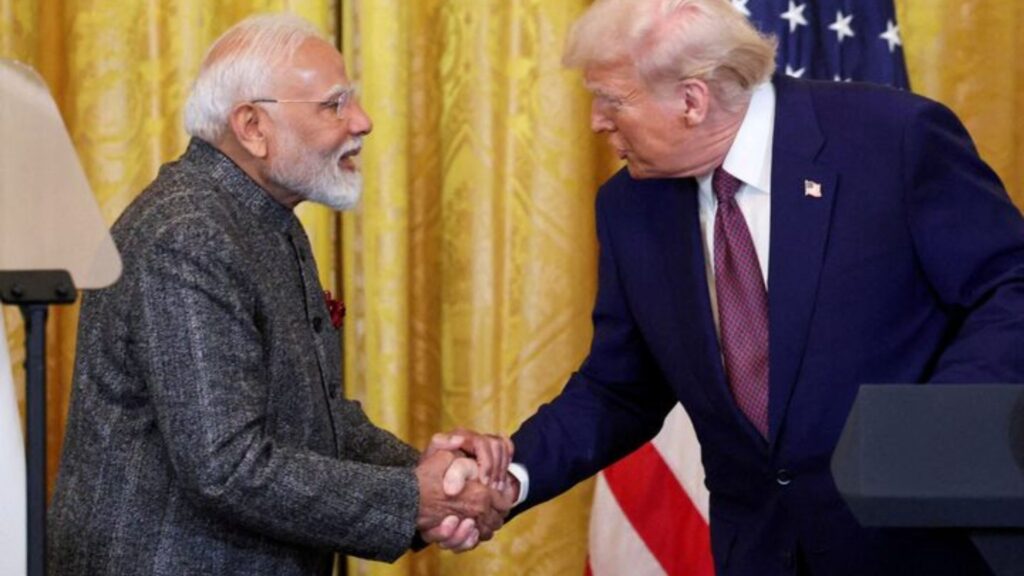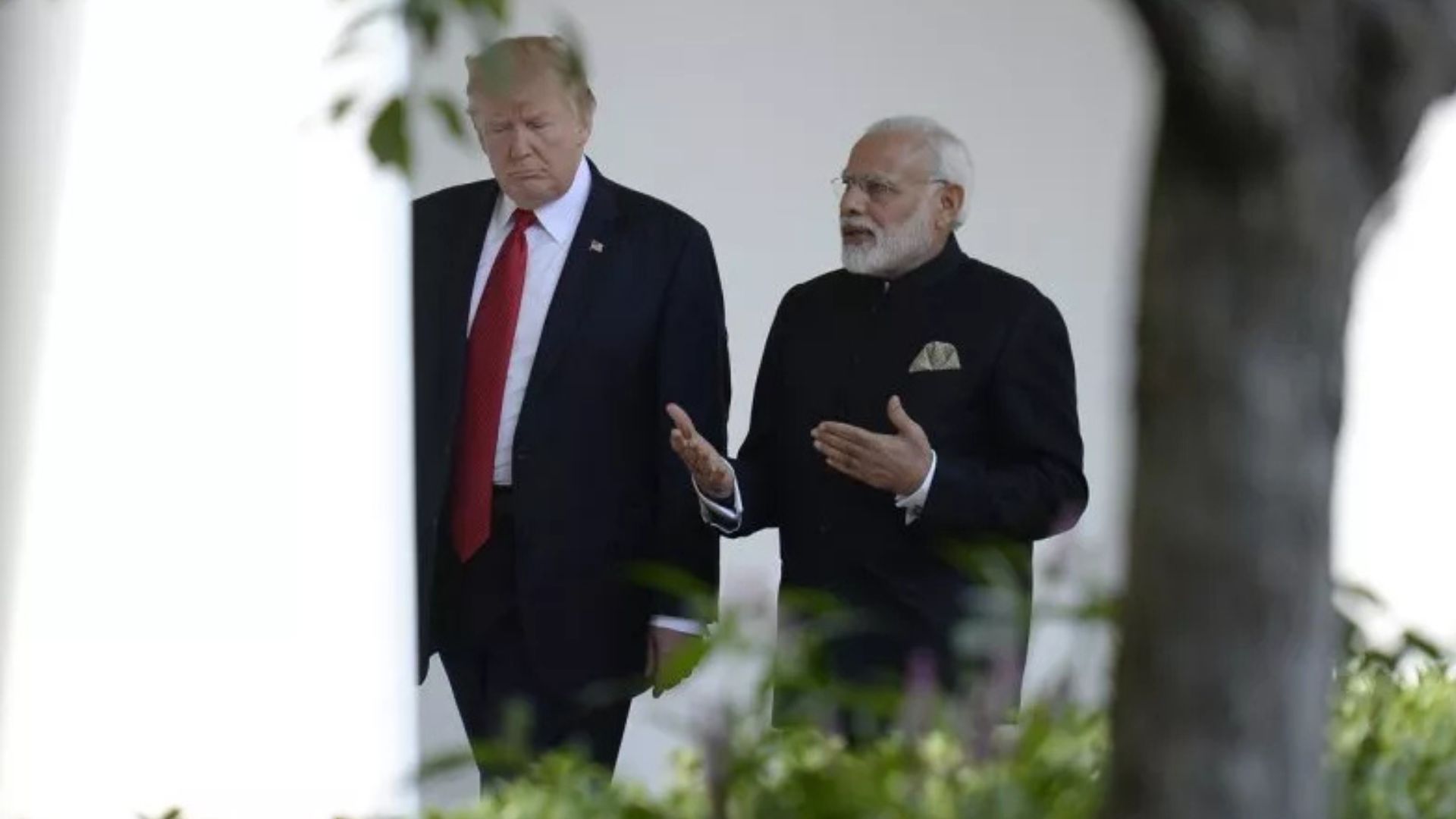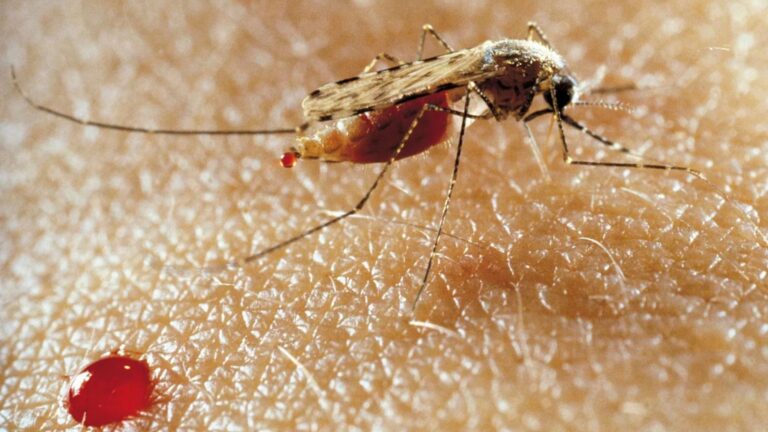
Relations hit a low in August when President Trump imposed 50% tariffs on Indian exports—25% reciprocal duty plus 25% penalty on Russian oil purchases—leading India to cancel planned negotiations (Reuters). India’s exports to the US fell to $6.86 billion in August from $8.01 billion in July, slowing overall export growth to a nine-month low.
Restarting Negotiations in New Delhi
A US trade delegation led by Assistant Trade Representative Brendan Lynch arrived in New Delhi on Monday to resume face-to-face talks on a bilateral trade agreement, the first since August’s cancellation (Times of India). Day-long discussions will focus exclusively on trade issues as a precursor to the sixth negotiation round.
Renewed Optimism for Deal
In early September, Trump and Prime Minister Modi exchanged conciliatory messages—Trump on Truth Social and Modi on social media—calling each other “close friends and natural partners,” setting a positive tone for talks. Commerce Minister Piyush Goyal affirmed both sides aim to complete the agreement’s first phase by November 2025, targeting to double bilateral trade to $500 billion by 2030, up from $191 billion today (Newsweek).
Key Sticking Points Remain
Fundamental disagreements persist: the US demands greater access to India’s agriculture and dairy markets, which India resists to protect small farmers. India also defends its Russian oil imports as cost-driven. Trump has lobbied EU allies for 100% tariffs on India and China over energy purchases, adding complexity. Assistant Trade Rep Brendan Lynch faces the challenge of bridging these divides to break the long-stalled impasse.












